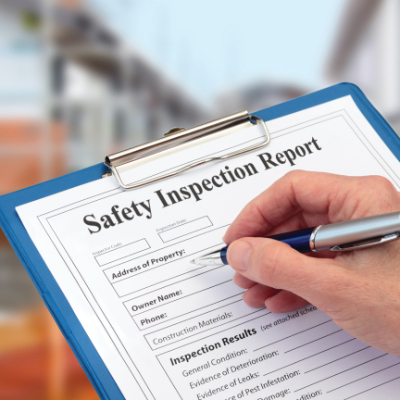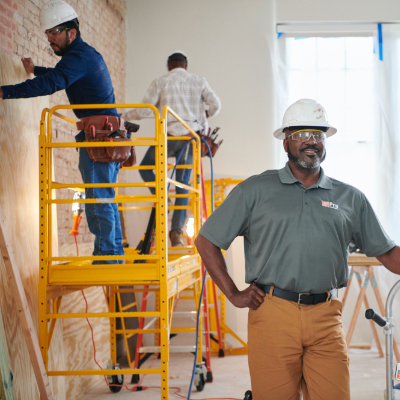Hard Hat Classes, Regulations & Safety Tips

Last updated April 1, 2024
Construction zones and building sites can be dangerous even when proper safety protocols are followed. Protect your head and ensure protection for your crew with task-specific head protection designed for difficult environments. This guide will explain the different hard hat classes and head protection regulations so you can make the best choice for your needs.
Table of Contents
Head Protection Types
Hard Hat Classes
Hard Hat Types
Hard Hat Color Meaning
Choosing Appropriate Head Protection
Hard Hat Safety Tips and Maintenance
Head Protection Types
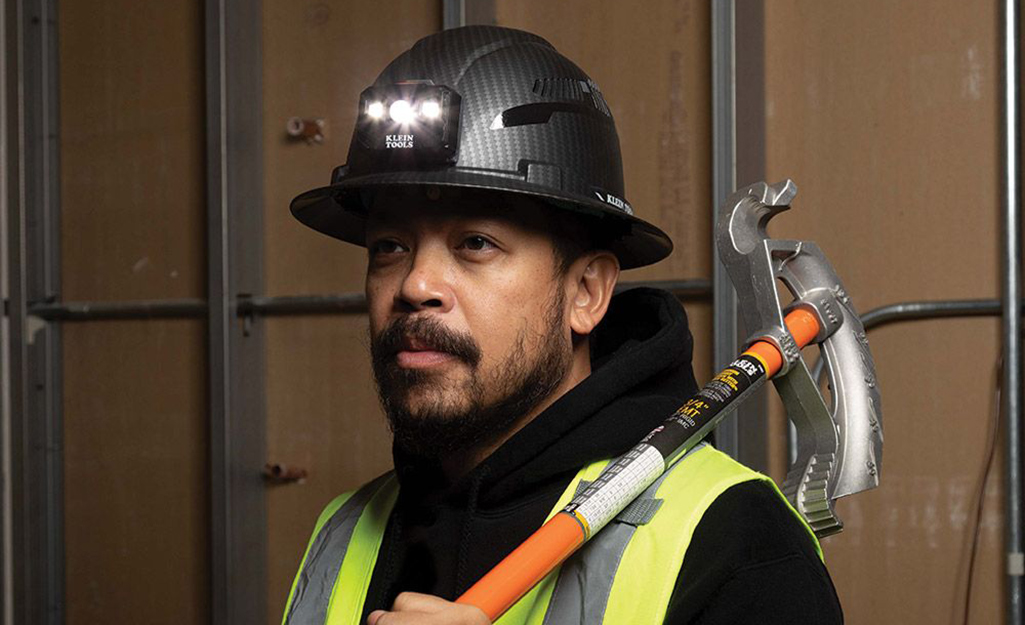
Choose the right head protection to help you stay safe on the job. Here are a few common types of regularly used on-the-job head protection:
- Bump caps: Lightweight helmet-style protectors, bump caps provide protection from minor bumps to the head. Bump caps are only suitable in work environments where hard hats are recommended, but not required.
- Face shields: Designed to protect the whole face from debris, chemicals or problematic liquids. Some models provide minimal head protection like bump caps, while others can be worn with a traditional helmet or hard hat.
- Hard hats: Ideal protection for dangerous work environments. Different models offer different protective features like high visibility, easy adjustment or ANSI-type certification.
- Ear Protection: The ears are part of the head and they can take a lot of abuse in loud work environments. Proper ear protection shields, or covers, the ear canal, so loud sounds don't do short-term or long-term damage. Standalone ear protection options or helmets that include ear protection are ideal when using devices like a chainsaw or operating loud machinery.
Safety Tip: Items like bicycle and motorcycle helmets provide specialized protection for their namesake activities, but they are not suitable for on-the-job environments where hard hats are recommended or required.
Hard Hat Classes

OSHA-approved hard hat categories are divided into three main classes:
- Class E Hard Hats. These electrical hard hats are designed for use in high voltage situations (up to 20,000 volts) and offer protection against electrical currents.
- Class G Hard Hats. These are general hard hats that can be used in a variety of low-voltage scenarios, up to 2200 volts.
- Class C Hard Hats. These are conductive hard hats that do not offer electrical protection.
Hard Hat Types
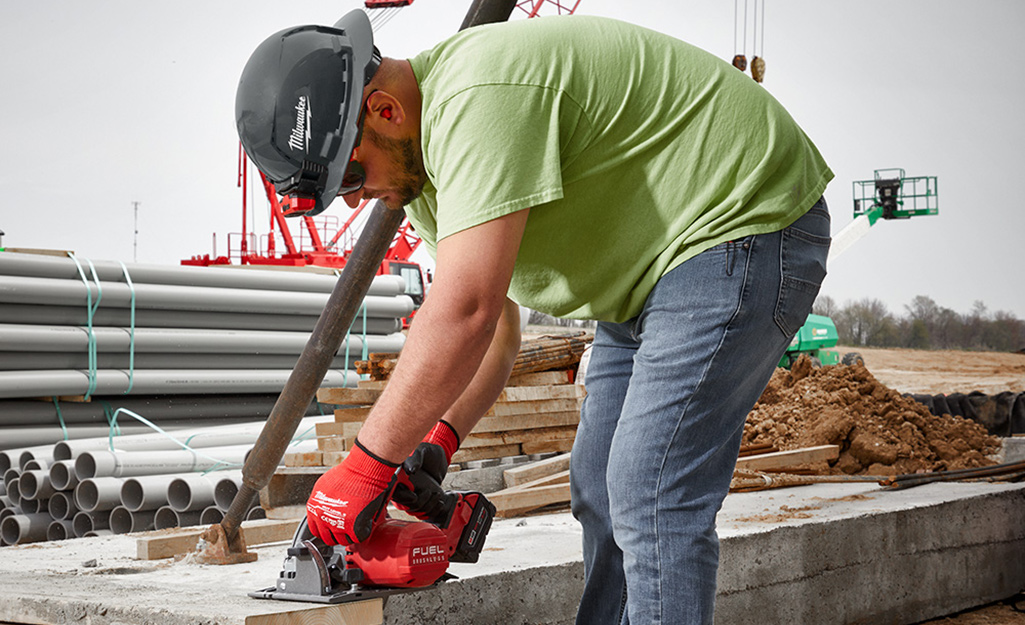
In addition to classes, OSHA hard hat regulations can be split into two types.
- Type 1 hard hats protect the user from impacts that strike the helmet from above.
- Type 2 hard hats, also known as side impact hard hats, protect the user from lateral strikes to the sides of the helmet as well as from the top.
Hard Hat Color Meaning
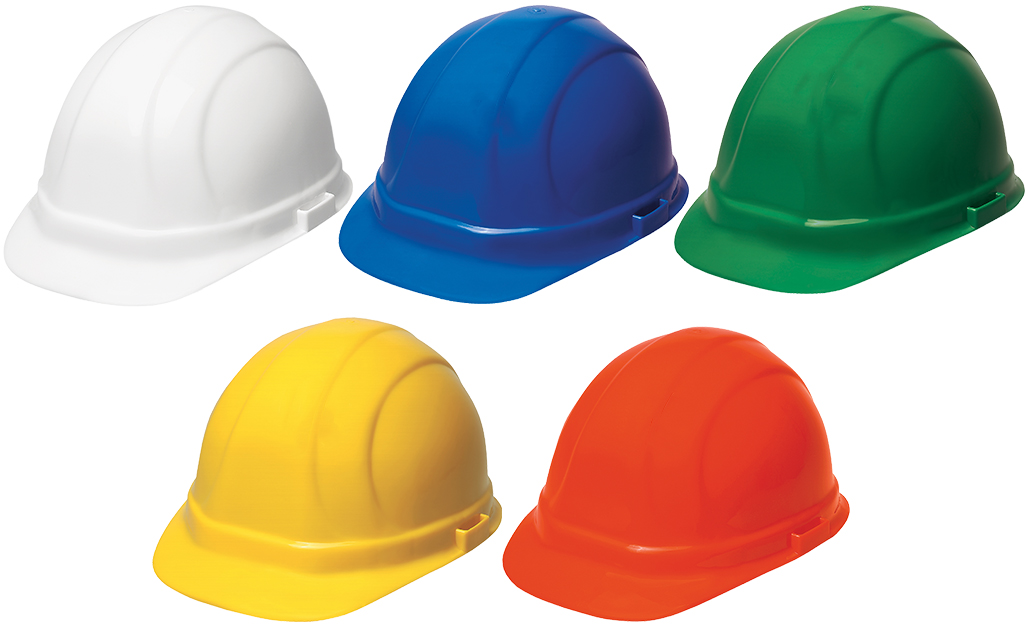
- White hard hats – signify a higher rank on the job site and are typically worn by managers, supervisors and engineers.
- Blue hard hats – usually worn by carpenters, electricians and other technical operators.
- Green hard hats – often worn by safety officers or new labor workers.
- Yellow hard hats – mainly worn by road construction workers and those performing general labor.
- Orange hard hats – also worn by road construction workers or those visiting a job site.
- Brown hard hats – worn by workers whose job involves high-heat situations like welding.
- Gray hard hats – usually issued to visitors on a worksite.
Tip: Hard hat colors may vary from job site to site.
Choosing Appropriate Head Protection
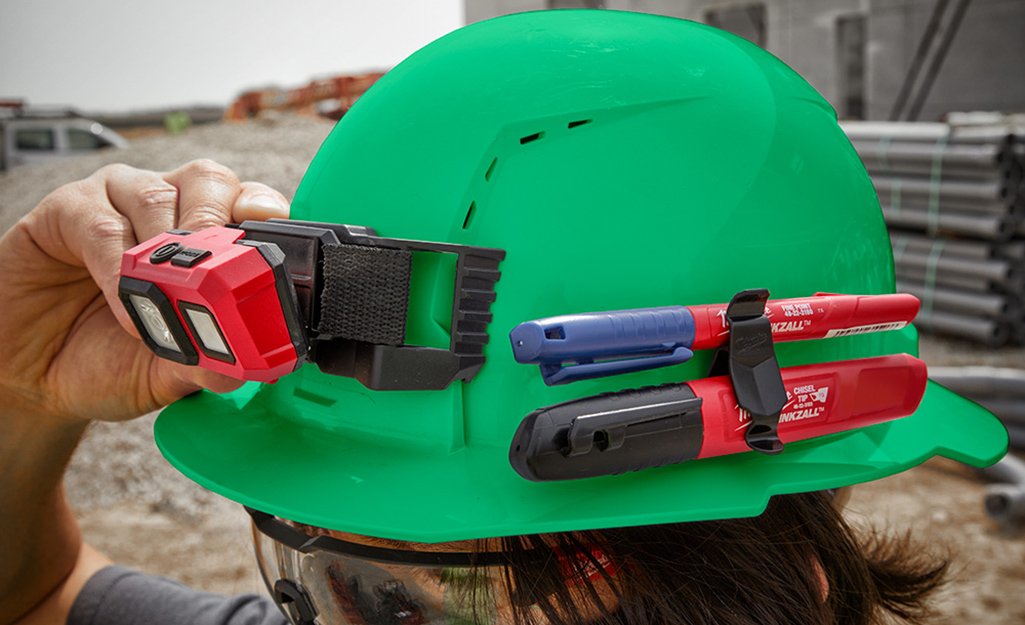
Knowing you need head protection on a job site or during a renovation project is the first step. Now, you need to get the right type of head protection. Here are some tips to help you narrow your search:
- Consider your activity. The work environment you're in dictates what head protection option is best for you. Evaluate the risks of your workspace and take advantage of special features designed with your work in mind.
- Consult your workplace supervisor. Depending on your work, a particular type of hard hat or head protection may be required. Follow workplace protocols or choose ANSI-certified hard hats for your industry. Your workplace supervisor can help you better understand those guidelines.
- Find the right fit. Properly fitted head protection stays in place even while you're moving. Adjustable models help ensure the correct fit.
Hard Hat Safety Tips and Maintenance

Staying alert on a job site is essential. Part of proper alertness means checking your head protection often to make sure it will perform properly. Use these tips to maintain your chosen head protection:
- Discard and replace your hard hat after an accident. Accidents will weaken their structure and put you at risk.
- Check your bump cap or hard hat from time to time. Signs of wear and tear may not be immediately visible without an examination.
- Replace hard hats after no more than two years of regular use or five years from the manufacturing date, or whichever comes first. The life for suspensions is shorter, with replacement needed after 12 months.
- Keep different hard hat options handy if your work changes day to day. A high-visibility hard hat serves a very different purpose from a flame-resistant hard hat.
- Always wear your chosen form of head protection from the time you enter a job site until you leave. Bump caps, face shields and hard hats are only effective if you're wearing them.
Having the proper head protection on a work site is imperative to the safety of you and your crew. Download The Home Depot Mobile App to view our wide selection of hard hats and have them delivered straight to your door.



